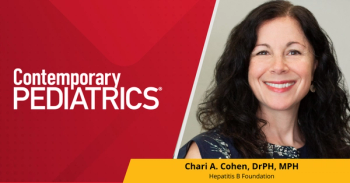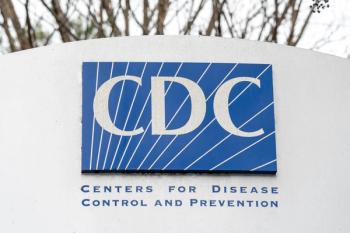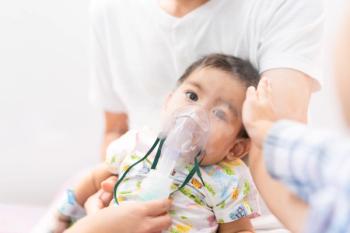
Is there a difference in seroconversion in children and adults for mild COVID-19?
An investigation illuminates the differences in the immune response to COVID-19 in children when compared to adults.
The understanding of COVID-19 in children has vastly improved from the early days of the pandemic when it appeared that children might not even be impacted by the disease. However, there are still gaps in knowledge, such as how the immune system responds to the virus. An
The investigators ran a household cohort study that collected weekly nasopharyngeal and throat swabs as well as blood samples during both the acute (median, 7 days for children and 12 days for adults) and convalescent (median, 41 days) periods following diagnosis by polymerase chain reaction (PCR) testing. The participants had been recruited at the Royal Children’s Hospital in Melbourne, Australia from May 10, 2020, to October 28, 2020. For the study, seroconversion was defined by seropositivity in an in-house enzyme-linked immunosorbent assay [ELISA] and 2 commercial assays: a SARS-CoV-2 S1/S2 IgG assay and a SARS-CoV-2 antibody ELISA) serological assays.
There were a total of 108 participants with a positive PCR test: 57 were children and 51 were adults. Using the assays, the investigators found that a lower proportion of children had a seroconversion to immunoglobulin G when compared to adults (20 of 54 [37.0%] vs 32 of 42 [76.2%]; P < .001). Seroconversion was not linked to viral load, which was found to be similar in children and adults (mean cycle threshold [Ct] value, 28.58 [6.83] vs 24.14 [8.47]; P = .09). Age and sex were also not linked to seroconversion in either adults (median ages, 37 years for seropositive and 40 years for seronegative adults [interquartile range {IQR}, 34-39 years]; seroconversion by sex, 18 of 24 women [75.0%] vs 14 of 18 men [77.8%]) or children (median age, 4 [IQR, 2-14] years for both seropositive and seronegative groups; seroconversion by sex, 10 of 21 girls [47.6%] vs 10 of 33 boys [30.3%]) (P > .05 for all comparisons between seronegative and seropositive groups). The investigators found that adults who were symptomatic had SARS-CoV-2 immunoglobulin G levels that were 3-fold higher than asymptomatic adults (median, 227.5 [IQR, 133.7-521.6] vs 75.3 [IQR, 36.9-113.6] IU/mL), but no difference was seen in children.
The investigators concluded that among patients who had a mild case ofCOVID-19, children appear to be less likely to have seroconversion than adults, even with similar viral loads. They urged further research into why seroconversion and the development of symptoms might be less likely in children as well as a comparison of vaccine responses.
Reference
1. Toh Z, Anderson J, Mazarakis N, et al. Comparison of seroconversion in children and adults with mild COVID-19. JAMA Netw Open. 2022;5(3):e221313. doi:10.1001/jamanetworkopen.2022.1313
Newsletter
Access practical, evidence-based guidance to support better care for our youngest patients. Join our email list for the latest clinical updates.










